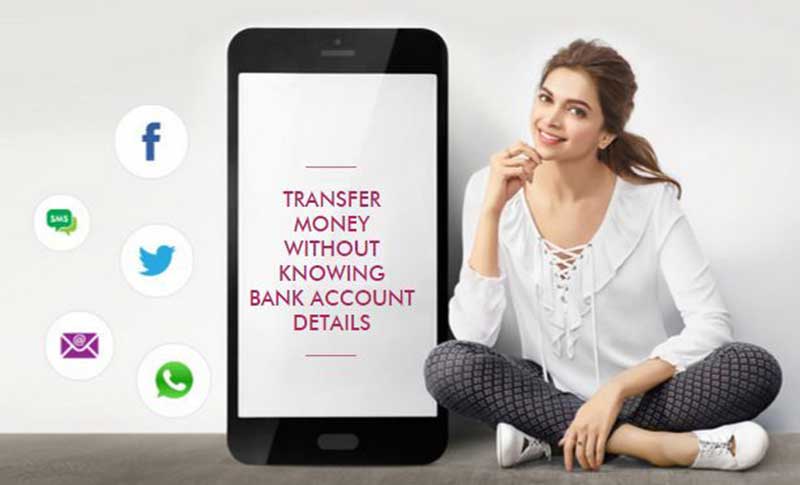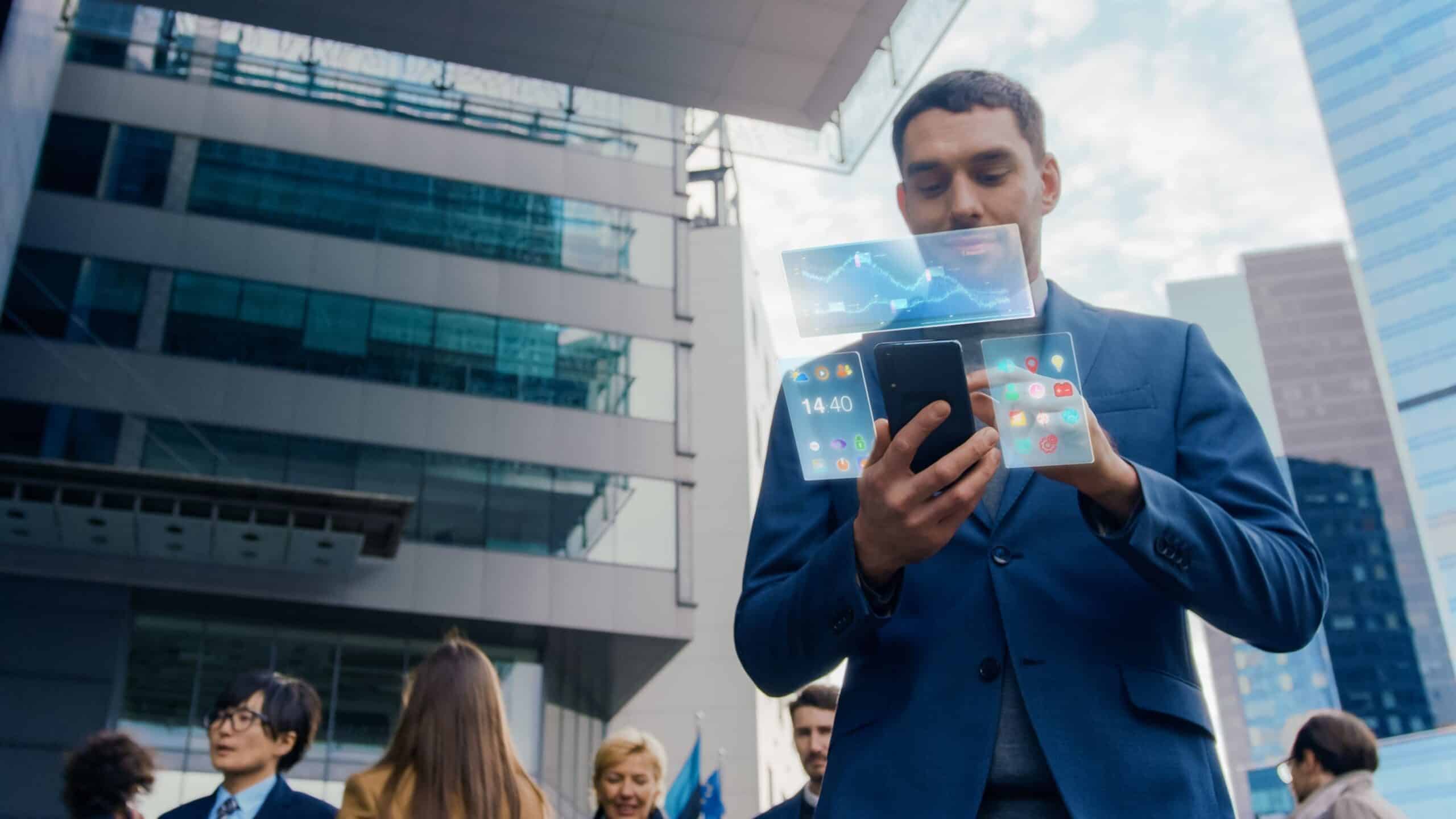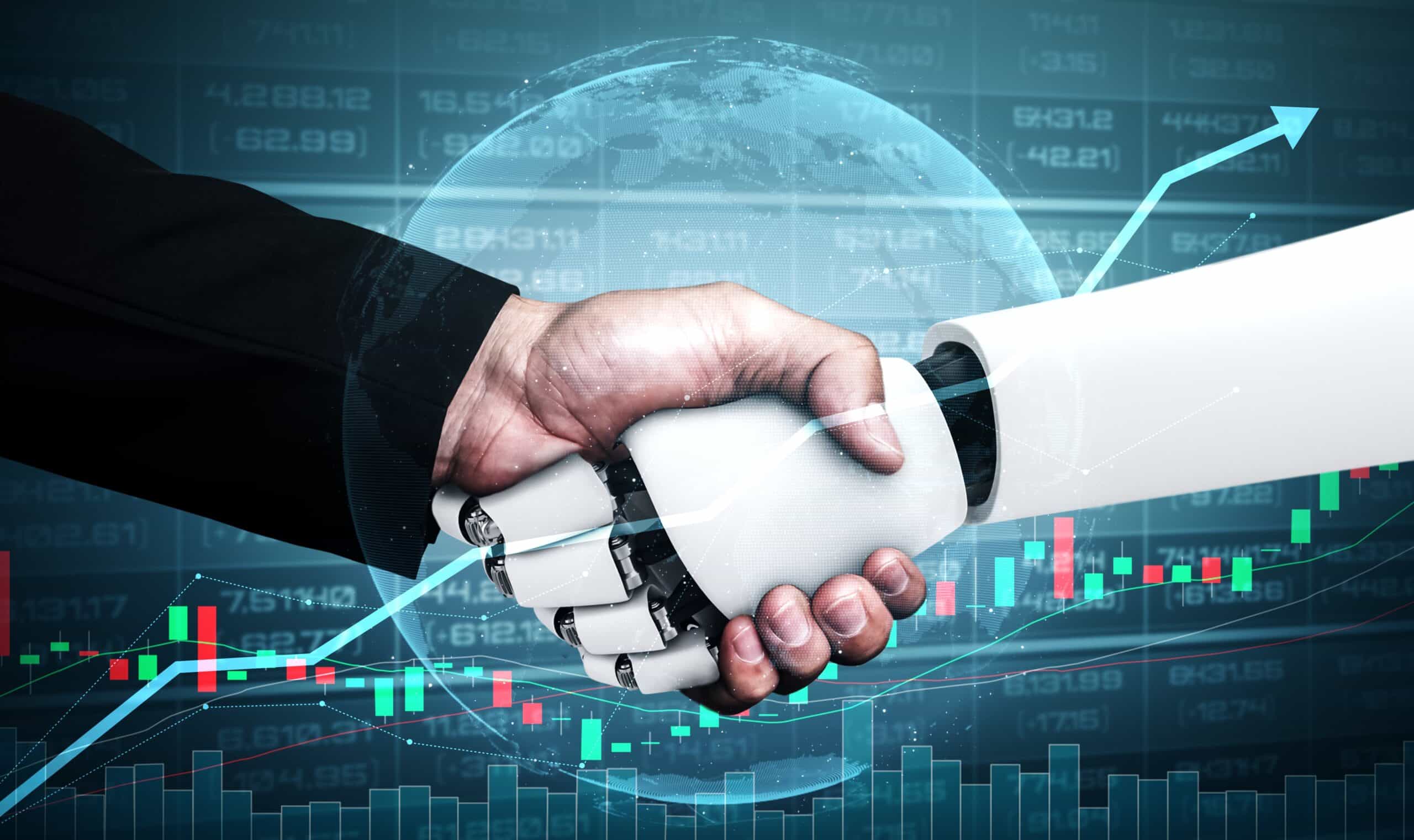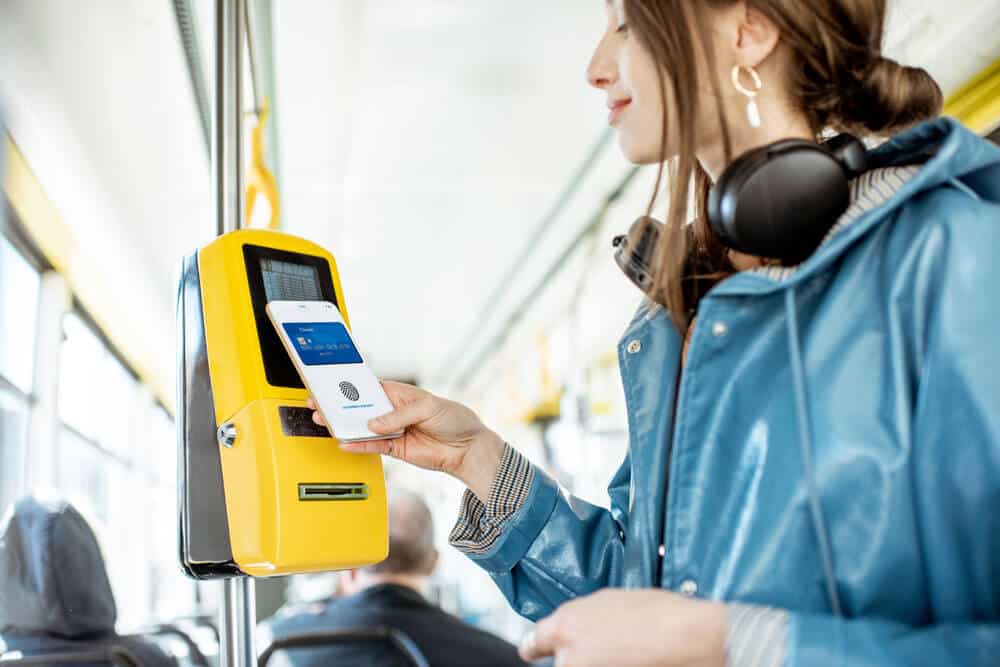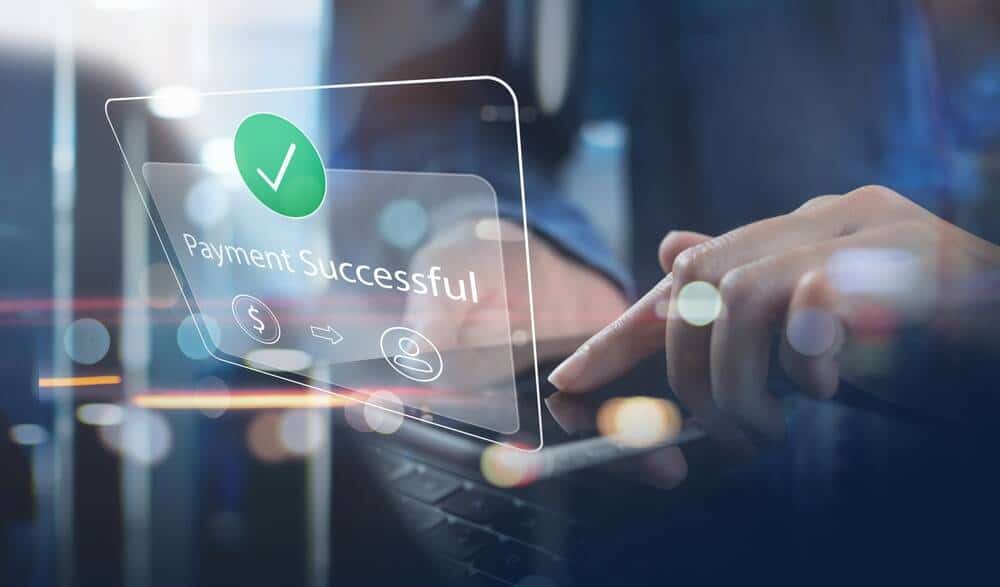- In the not too distant future, we’ll never have to pull out our wallets again
- The social commerce revolution – Twitter, Facebook and WeChat
- Let your wearables do the paying
- Beacon technology spelling the death of queues
- The block chain – creating a world without banks
- Biometrics enables us to pay with our fingers
With the exponential growth of the Internet of Things, payment functionality can and will soon be embedded in virtually any type of device – and we’re not talking cards and smartphones. In 2020, we will have more than 20 billion devices hooked up to the Internet and most of these could potentially become payment devices. Instead of carrying a physical wallet with bank cards and cash, we will increasingly move towards contactless payments. In the not too distant future, we will be increasingly making payments with our smart car key fob, our fingerprints, our favourite ring or from within our social media profiles. The possibilities are endless.
In the not too distant future, we’ll never have to pull out our wallets again
The evolution of money is nowhere near complete. In fact, now more than ever before, it is advancing in increasingly creative ways. Money is everywhere, but it’s becoming completely invisible. Physical money is slowly but very surely being replaced by mobile wallets such as Android Pay and Apple Pay, eliminating the need to pull out your wallet every again. Google is running various pilots where customers can make in-store payments with their Hands Free app. This app uses Wi-Fi, Bluetooth Low Energy and location services on your smartphone, enabling you to pay without having to take out your phone. When at the store’s checkout counter, you simply say “I’ll pay with Google”, after which your identity is checked via your initials and the photo linked to your Hands Free profile. After authentication, your payment is processed. In another Google pilot, visual identification is tested to make this “I’ll Pay with Google” payment process even more seamless. For this, an in-store camera is used through which your identity is instantly authenticated. Google has confirmed that images and data captured are only used for identification purposes and are deleted after finalising authentication.
The social commerce revolution – Twitter, Facebook and WeChat
With social media now also jumping onto the payment wagon, the monopoly of banks and other financial institutions facilitating the transfer of money is coming to an end. Twitter is partnering with various brands to enable users to ‘Buy Now’ when they visit a favourite brand’s Twitter page. This ‘In-Tweet’ purchasing option enables a checkout process that’s both convenient and fast as lightning. Facebook Messenger is enabling users to transfer person-to-person payments without having to exit their chat window. This is done by adding a debit card to your Messenger profile, after which the user can transfer money directly from his or her bank account to the recipient’s.
WeChat, China’s smash hit social app locally known as Weixin, is a mash-up between Facebook, Whatsapp and PayPal with close to 450 million monthly users. Apart from the standard text messaging, voice and video calling functionality, WeChat also boasts shopping, games and social network timelines. WeChat also offers a social commerce service – WeChat Pay – which can be used for the transfer of funds between users and to pay for products, both online as well as offline. Tencent, owner of WeChat, disclosed that in November 2015, 200 million user cards were linked to the WeChat Pay service. Currently the figures are estimated to have passed the 300 million mark, giving you an indication of the potential growth. Tencent is now offering the service to merchants globally to enable them to receive payment from Chinese tourists. With its mainstream adoption and sheer convenience, WeChat Pay is set to become a major threat to the Alibaba Group’s AliPay – China’s top payment option which currently has 200 million linked credit cards and 500 million users. In a bid to make WeChat Pay the global standard in peer-to-peer fund transfers, Tencent is also dropping their transaction fees. In order to incentivise users to retain funds in their WeChat Pay account, they are charged a fee when they transfer funds from their WeChat Pay wallet into their bank accounts. The thinking behind this is to encourage users to keep their money moving around via the service – so that it can be spent or distributed to other users. Tencent is looking into implementing a shopping feature in WeChat, making it a vital part of daily life in China. The virtual shop will combine all of Tencent’s partners into one enormous virtual mall that’s always open for business – accessible from every user’s smartphone.
Let your wearables do the paying
Most of the wearables we know and use are used for routine tasks such as tracking fitness levels and displaying our smartphone notifications. But our wearables can also be used to make payments. More and more wearables are equipped with payment capabilities; eliminating the need to carry your credit card with you. We will soon be able to pay for our groceries with our fitness band, watch or even our favourite ring! MasterCard has recently partnered with smart jewellery company Ringly, which will enable you to pay for your purchases with a ring. According to Ringly CEO Christina d’Avignon, paying with a Ringly ring is much like other mobile payment systems; you upload your credit card details to an app and then simply tap the ring on a smart terminal to make a payment.
Beacon technology spelling the death of queues
Beacons are small wireless devices that transmit continuous radio signals. Via Bluetooth, these signals can be picked up by smart devices that are close by. The beacon sends your smart device its ID number so that you know it’s there. Your smart device then sends the beacon’s ID to the cloud server – after you okay-ed it. This process enables you, for instance, to receive information about special offers or new products in your favourite store. Beacon technology enables you to simply walk into your favourite store where a vibration or sound on your smart device will confirm that you have successfully checked in. Your picture will then appear on the POS screen so that you can be identified and greeted. Paying for your product only requires a voice command, and you’re done. As you can see, beacon technology is set to revolutionise the way we pay. Starbucks has already created an app with ordering and paying’ functionality. This means you don’t have to stand in line at the counters anymore. You can order your tall latte and pay via the beacon.
The block chain – creating a world without banks
Imagine a world without the need for third-party involvement such as banks, brokers and insurers. Perhaps even a complete discontinuation of paper currency. The block chain is technology that creates a global ledger of transactions that can’t be altered after they have been created. It is tamper-proof, secured by advanced cryptography and has no central authority. It’s a record of transactions which is distributed over an immeasurable user network. The blocks containing the transaction data are electronically chained together. The biggest is the one that runs Bitcoin and is operated by Bitcoin miners – or more like Bitcoin librarians – who secure transactions into the block chain for which they are rewarded with Bitcoins. The whole system is has so far proven immune to hacking. Banks use block chain to keep track of trades, bonds and stocks. It’s a simpler system which instantly frees up funds that are waiting for trades to be processed. This process currently takes up to two days as sellers need to be verified before transactions are approved. It is estimated that systems like block chain can save banks twenty billion dollars a year.
Biometrics enables us to pay with our fingers
Lots of research is being done into voice based and finger print authentication technology. If you would combine smartphones with biometric information, could completely revolutionise the way we pay. The biometric payment is a POS technology that makes use of biometric authentication in order to identify the user after which funds are deducted from the user’s bank account. Fingerprint payment is currently most widely used as biometric payment method. This method makes use of two-part authentication. The card swipe is replaced by a scan of a finger, after which the user enters his PIN code. Biometric payments are faster – on average 5 to 15 seconds – and significantly cheaper. Fingerprint authentication could also be used as an additional security measure. Using biometrics for the authentication of payments is set to become widely accepted in the near future. However, as biometric applications become more mainstream, they will also become more vulnerable to attack and appropriate security measures will need to be put in place to prevent fraud.
Conclusion
No longer tied to card or cash, money is permeating every aspect of our lives. The way we pay for things in the future will be increasingly dependent on context and ironically, in order for money to be invisible, it needs to be everywhere and in everything.

